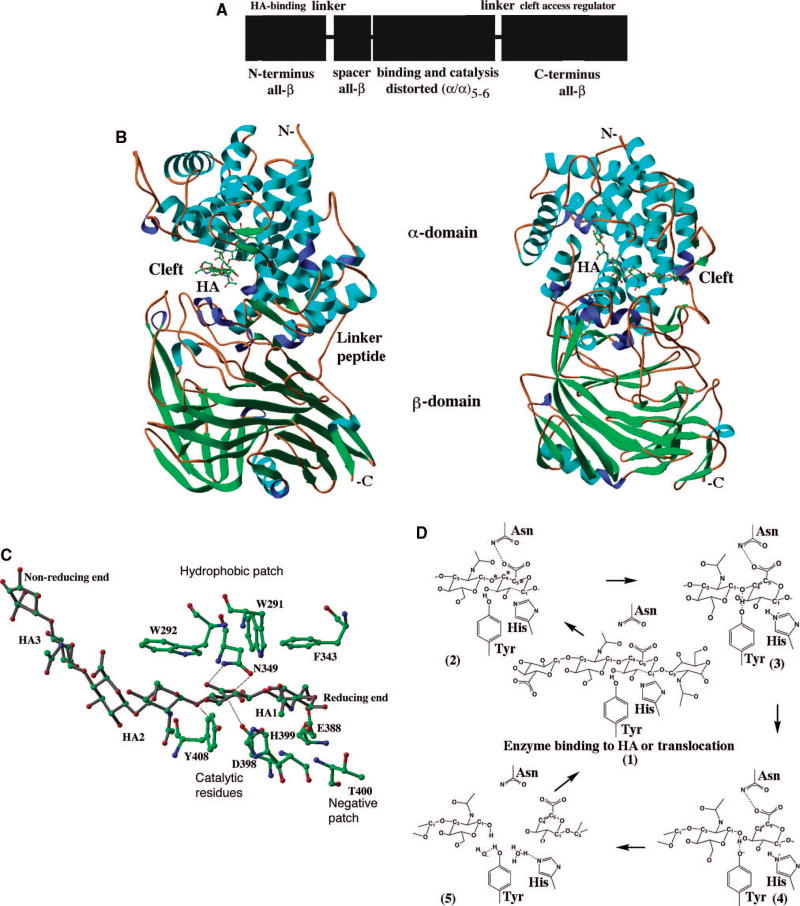Fig. 1. Chemical structures of (A) hyaluronan, and (B) unsulfated chondroitin and chondroitin sulfates.
The substrate structures differ only in the anomericity at the C4 position of the N-acetyl-D-glycosamine, N-acetyl-D-glucosamine in hyaluronan and N-acetyl-D-galactosamine in chondroitin. Potential sulfation sites within the chondroitin molecule are indicated by italicized hydroxyl groups and asterisks. Both glycans are substrates for the human hyaluronidase enzymes. For Hyal-1 and -2, HA is the predominant substrate. However, binding and degradation of Ch/ChS also occurs, albeit at a slower rate, as observed experimentally in vitro. Hyal-4 appears to be a chondroitinase, with high specificity for Ch and ChS.

